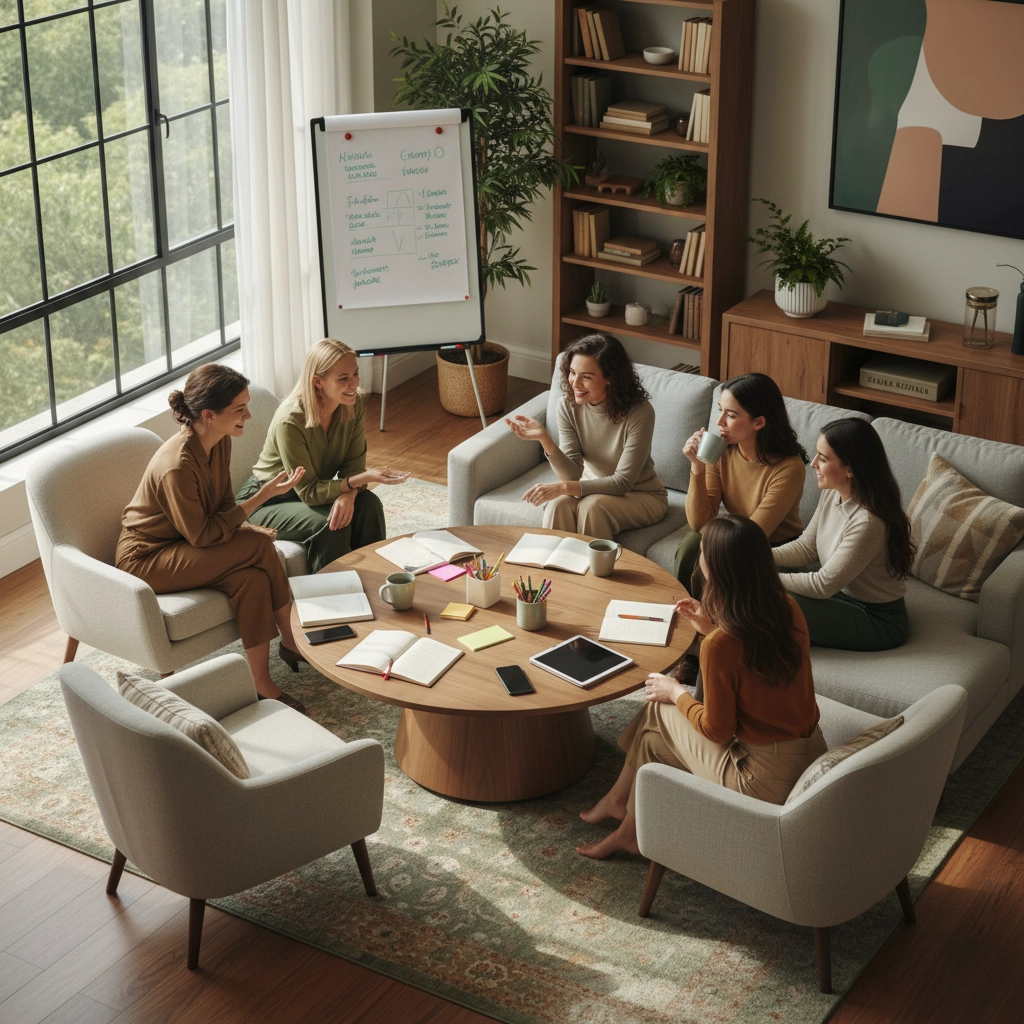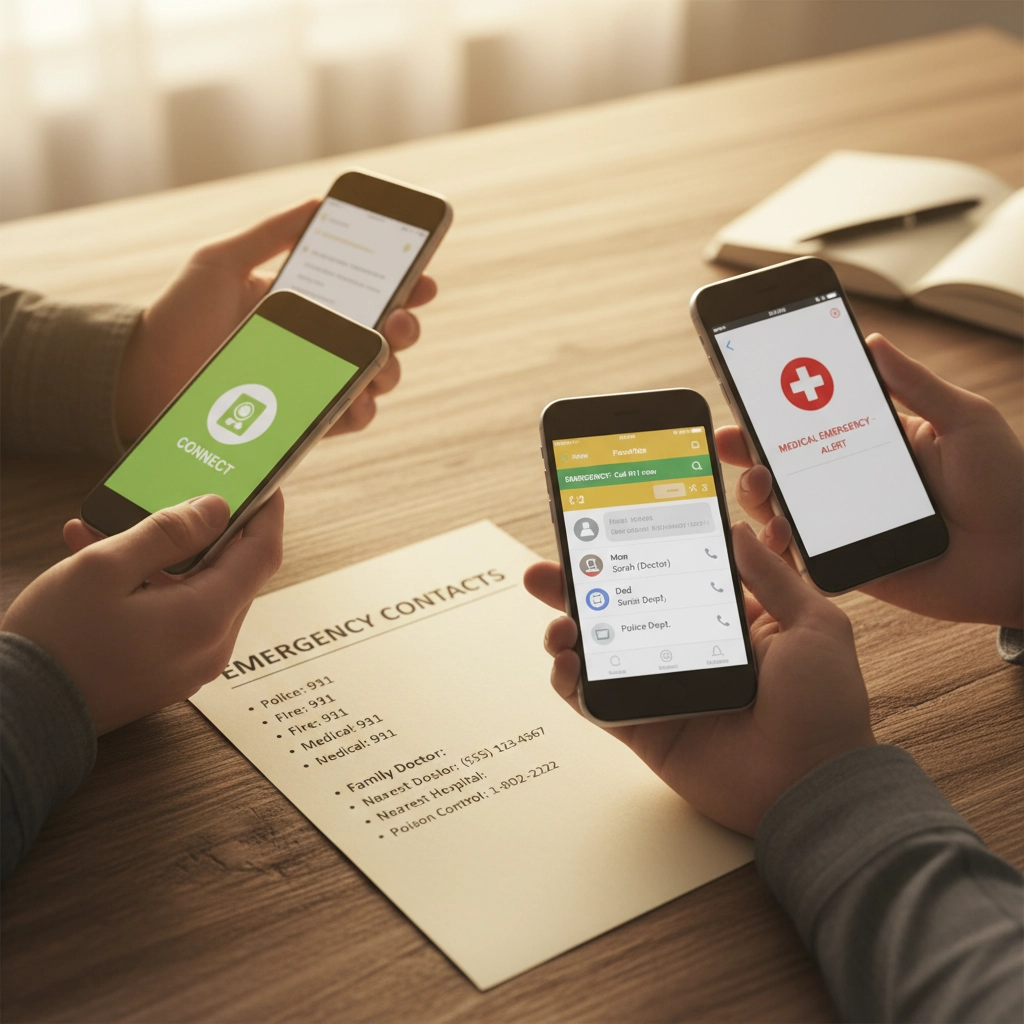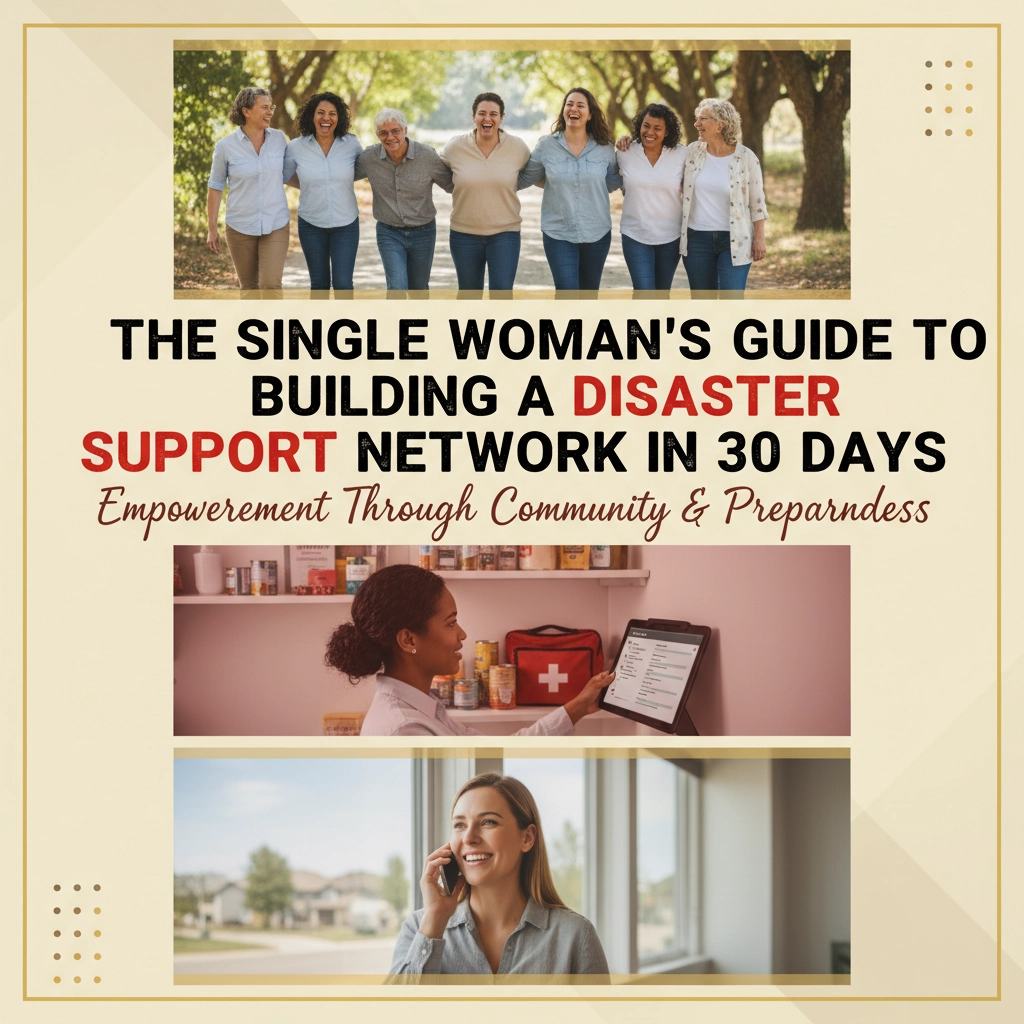When disaster strikes, being a single woman in an urban environment comes with unique challenges. Whether you’re a single mom juggling work and kids, a career woman living solo, or someone who’s just moved to a new city, the thought of facing an emergency alone can feel overwhelming. But here’s the truth: you don’t have to go through it alone, and building a solid support network doesn’t have to take months or years.
In just 30 days, you can create a reliable disaster support network that will have your back when you need it most. This isn’t about finding your BFF; it’s about building practical, reciprocal relationships with people who understand that we’re all stronger when we look out for each other.
Why Single Women Need Different Support Networks
Before we dive into the action plan, let’s acknowledge something important: your needs are different from those of a married couple or a family with multiple adults. You might be the sole decision-maker for your household, the only one responsible for pets or elderly parents, or the primary caregiver for children. You don’t have a built-in backup person, which means your external network becomes even more critical.
Urban living adds another layer of complexity. You might not know your neighbors well, family could be scattered across different states, and the fast-paced city life doesn’t always encourage community building. That’s exactly why we need to be intentional about creating these connections.
Week 1: Foundation and Assessment
Days 1-3: Take Inventory
Start by honestly assessing your current situation. Who would you call right now if you needed help during an emergency? Write down every name, even if it’s just two people. This is your starting point, no judgment, just reality.
Next, identify your specific vulnerabilities and needs. Are you on the 15th floor of an apartment building? Do you have pets? Medical needs? Kids who depend on you? Understanding what you’ll need help with makes it easier to identify the right people to connect with.
Days 4-7: Map Your Immediate Circle
Look at the people already in your daily or weekly routine. This includes neighbors (yes, even the ones you only nod to in the elevator), coworkers, people at your gym, parents from your kids’ school, or regulars at your coffee shop. Don’t overthink it, just start noticing who’s around you consistently.

Create three categories:
- Immediate neighbors (same building or block)
- Local connections (within a 5-mile radius)
- Distant contacts (out of state or far enough away to serve as communication hubs)
Week 2: Making Initial Connections
Days 8-10: Start Small Conversations
This is where introverts might feel uncomfortable, but remember, you’re not asking people to be your best friend. You’re simply opening the door to practical mutual support. Start with your immediate neighbors. A simple “Hi, I’m trying to be more prepared for emergencies: do you have any experience with that?” can lead to surprisingly productive conversations.
For apartment dwellers, consider leaving a friendly note under doors with your contact information and a brief message about wanting to connect with neighbors for emergency preparedness. Many people think about this but never take the first step.
Days 11-14: Expand Your Reach
Now branch out to your local connections. Chat with the single mom you always see at school pickup, or the woman at your yoga class who lives in your neighborhood. The key is to frame these conversations around mutual benefit, not just what you need.
Try phrases like:
- “I’ve been thinking about emergency preparedness: would you be interested in sharing contact info?”
- “Do you have anyone who checks on you during bad weather? I’d love to set up something mutual.”
- “I’m trying to be more connected with people in my area for safety reasons.”
Week 3: Building Trust and Structure
Days 15-18: Create Your Communication Plan
By now, you should have identified at least 3-5 people willing to be part of your support network. It’s time to get organized. Create a simple contact sheet with everyone’s information, including:
- Full names and phone numbers
- Addresses (especially important for neighbors)
- One backup contact for each person
- Any special skills or resources they have (medical training, generator, etc.)
Share this list with everyone in your network so they can contact each other if needed.
Days 19-21: Establish Check-in Protocols
Decide how your network will communicate during different types of emergencies. Will you text? Call? Use a specific app? What if cell towers are down? Having multiple communication methods planned makes your network much more reliable.

Consider setting up a group chat for non-emergency communication and network maintenance. This keeps everyone connected and makes it easier to coordinate when something actually happens.
Week 4: Testing and Refining
Days 22-25: Practice Runs
Test your network with small, low-stakes scenarios. Maybe ask someone to check on you during a planned absence, or see if your communication chain works during a scheduled “drill.” This helps identify gaps and builds confidence in your system.
Days 26-30: Address Specific Needs
Now that you have the basics in place, focus on your specific vulnerabilities. If you have young children, ensure at least two people in your network can help with childcare if needed. If you have mobility limitations, make sure someone has a key and knows your needs.
For single moms, this might mean arranging backup school pickup procedures or finding someone who can take your kids if you’re unable to get home. Document these arrangements clearly and make sure schools or childcare providers have the necessary information.
Safety Considerations for Single Women
Building a support network requires being smart about personal safety. Here are some guidelines:
Vetting New Connections
- Start with people you’ve seen consistently in your daily life
- Meet in public places initially
- Trust your instincts: if something feels off, it probably is
- Consider background checks for people who will have access to your home
Sharing Information Gradually
You don’t need to share everything immediately. Start with basic contact information and gradually share more details as trust builds. Never feel pressured to give someone access to your home or personal information before you’re comfortable.
Creating Boundaries
Be clear about what kind of help you’re offering and what you need in return. This isn’t about becoming best friends: it’s about practical, mutual support during emergencies.
Tips for Introverts and Busy Women
For Introverts:
- Focus on one-on-one connections rather than group activities
- Use written communication (text, email) to make initial contact
- Remember that many people are also looking for these connections, but don’t know how to start
- Quality over quantity: a few solid connections are better than many superficial ones

For Busy Schedules:
- Integrate network building into activities you’re already doing
- Use technology to stay connected when time is limited
- Focus on neighbors first: proximity makes mutual aid more practical
- Remember that small, consistent efforts are more effective than occasional big gestures
Maintaining Your Network Long-Term
Your disaster support network isn’t a “set it and forget it” system. Plan to:
- Check in with your network quarterly, even just with a quick text
- Update contact information when people move or change numbers
- Revisit your plans annually to account for life changes
- Look for opportunities to help others, which strengthens the entire network
Consider organizing annual “preparedness parties” where your network gets together to update emergency kits, share information, or just maintain relationships. These don’t have to be formal: even a casual coffee meetup works.
Making It Work in Your Urban Environment
City living presents unique opportunities and challenges for disaster preparedness. Take advantage of:
- Higher population density (more potential connections)
- Diverse skill sets in your community
- Existing community structures (building management, local organizations)
- Public transportation and infrastructure
But also prepare for urban-specific challenges like:
- Higher anonymity makes connections harder
- Greater population density during evacuations
- Infrastructure dependencies
- Potential for civil unrest during major disasters
Your Network Is Your Strength
Building a disaster support network in 30 days isn’t just possible: it’s essential for single women who want to feel secure and prepared. Remember, you’re not looking for perfection; you’re building practical relationships that benefit everyone involved.
The goal isn’t to find people who will solve all your problems, but to create a system where everyone looks out for each other. In urban environments, especially, these connections can mean the difference between struggling alone and having real support when you need it most.
Your independence doesn’t have to mean isolation. By taking intentional steps to build community, you’re not just preparing for disasters: you’re creating a more connected, resilient life overall.
Ready to build your own support network? Start with day one tomorrow, and don’t forget to check out my blog for more practical tips. For ongoing support and community, subscribe to my newsletter and listen to my latest podcast episodes, where I dive deeper into urban preparedness strategies for women.
Thanks for reading! If this article has provided helpful information to you, please consider a tip to help support my work. Just scan the QR code or click here. I appreciate you! —>




